Bret Polk Awarded Top Producer of the Year, Chance Turner Runner-Up
Central Texas' Bret Polk Awarded Hortenstine Ranch Company's Top Producing Agent, Chance Turner Runner-Up Cent...
Read MoreExpert insights and information for landowners
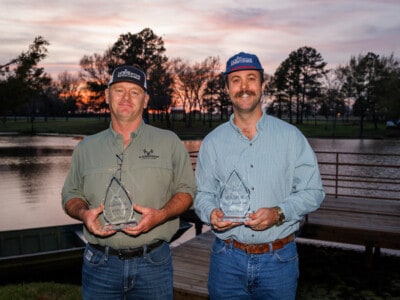
Central Texas' Bret Polk Awarded Hortenstine Ranch Company's Top Producing Agent, Chance Turner Runner-Up Cent...
Read More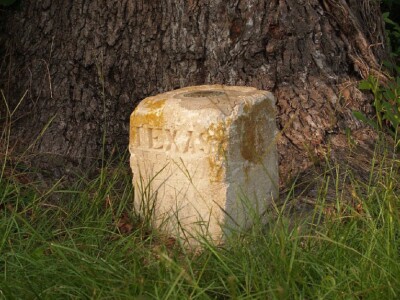
Thou shalt not remove thy neighbor’s landmark… Deuteronomy 19:14 Why do you suppose the supreme law giver, God, addr...
Read More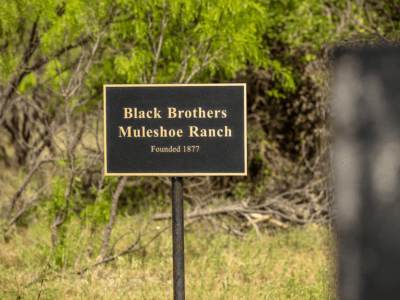
As seen in Lone Star Outdoor News Texas Hunting Annual Untapped Texas Hunting Land Steeped in History The Black Bro...
Read More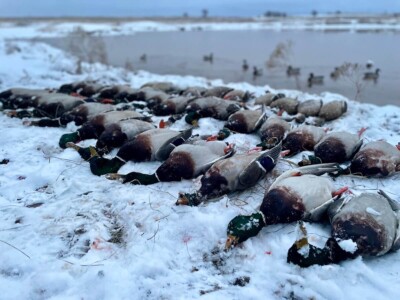
The 2021-2022 duck/goose season was a grind for many hunters in the South. The pattern for the last three seasons has...
Read More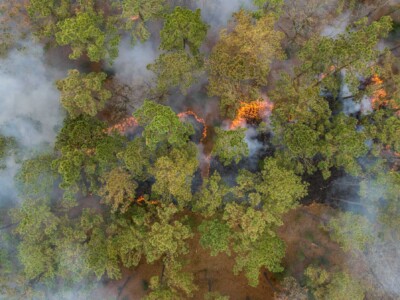
It doesn't get much better than winding through a mature stand of timber with a healthy understory and a slight char ...
Read More
Casey Berley Paying It Forward Casey Berley, broker at Hortenstine Ranch Company, is a proud graduate of Texas A&a...
Read More
AFTER PRESIDENTIAL VISIT, HORTENSTINE RANCH COMPANY REFLECTS ON WORK WITH LOUIS VUITTON TO ACQUIRE FIRST U.S. RANCH P...
Read More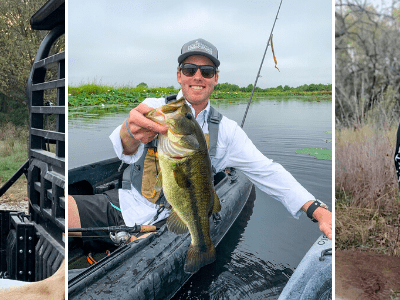
Hortenstine Ranch Company is pleased to announce the addition of three new agents to its ranch real estate team of ta...
Read More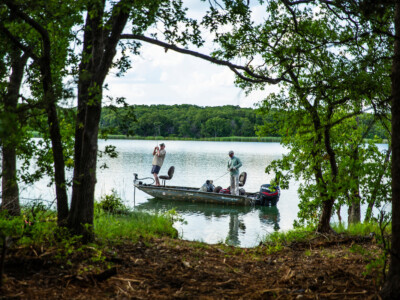
A ranch that's hit the market northeast of Dallas includes a body of water nearly the size of White Rock Lake. The...
Read More